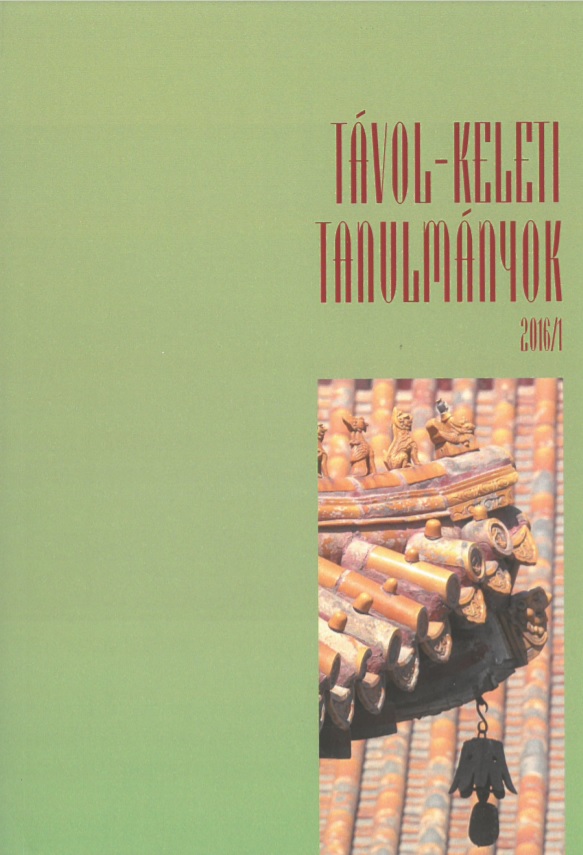A mongol buddhizmus egy fő imája Öndör gegēn Janabajar, az első mongol egyházfő tollából, és az általa írt egyéb szertartásszövegek
Published 2017-03-01
How to Cite
Copyright (c) 2017 the author(s)

This work is licensed under a Creative Commons Attribution-NonCommercial 4.0 International License.
Abstract
This article deals with one of the most well-known prayers in the practice of Mongolian Buddhism. The text was composed by Luwsandambīǰalcan (T. blo-bzang dam-pa’i rgyal-mtshan), the main figure of Mongolian Buddhism, also known as Öndör gegēn Janabajar, the first bogdo or bogdo gegēn or ǰewcündamba xutagt (1635–1723). In addition to his works of art and his role in creating the special characteristics of Mongolian Buddhism, including unique lama robes, special ways of recitation and melodies, as well as ceremonial texts written by Mongolian lamas and a special ceremonial system, he had composed many important texts, several of which are still used during the ceremonies today. Of these, the prayer published here in translation is chanted every day, while other texts are used during certain annual ceremonies in all Mongolian monasteries. The present article describes the ceremonial texts composed by Öndör gegēn, but concentrates on the main
prayer composed by him, its background, and its use in the Mongolian ceremonial system, also providing a Hungarian translation. The text is entitled Jˇinlaw cogzol (T. byin-rlabs mchog-stsol), i.e. ‘(Giving) the greatest blessing’, which is the Tibetan title of the beginning of the text in distorted Mongolian pronunciation. In Mongolian it is abbreviated as Adistid, ‘Blessing’, being the Mongolian translation of the beginning of the text; or, in its original Tibetan title in distorted Mongolian pronunciation, Düitünǰi soldew (T. dus-bstun-gyi gsol-’debs), ‘Prayer in accordance with the time’. The purpose of chanting it is harmonious life, to clear away obstacles, as well as to put an end to or to calm down any kinds of crisis, disorder, conflict, or fighting, and to reach harmony and peace. This is clear from the text itself, and also obvious from the historical background described in the article. The ‘bad times’ or crisis (T. dus ngan, in Mongolian translations cöwīn cag, ‘time of decadence / decline’, mū cag, ‘bad times’, or munxag cag, ‘dark times / times of ignorance’) mentioned in the text refers to the time when the prayer was composed, as well as to our time, meaning a dark era when the Buddhist teachings are present only to a limited extent or not present at all. Therefore, due to ignorance the sins and transgressions of the beings multiply, leading to more and more suffering. The prayer was written during the time of the wars between the western and eastern Mongols (Oyrad and Khalkha), involving much victims and sufferings. The aim of the composition was to show the way out of the difficult wartimes, to stop it by means of the Buddhist teachings and the power of prayer, to unite the fighting Mongols, and to help them achieve peace in this way. The translation is from the Tibetan origin, using four modern Mongolian translations. Two translations into classical Mongolian are known, but they have rather literary value as they are not used in the ceremonial life – nor are they used Mongolian translations during the ceremonies in general, since Tibetan remained the ceremonial language of Mongolian Buddhism. The modern Mongolian translations are either from the classical Mongolian translations or from the original Tibetan. The significance of the prayer is born out by the fact that it also has three commentaries (T. ’grel-ba) in Tibetan.
